I have a confession to make:
I committed the mortal sin of jamming up the tie bars with glue


For the first stage of ballasting, this wasn’t a problem as I could control the location of the neat glue, applied with a paint brush. However, in my naivety, when it came to the second stage where the Pva solution was applied to wet ballast with a dropper, I didn’t anticipate just how much the capillary action would ensue.
I therefore submit the following for the info of those who might unwisely be considering following this fledgling ballaster.
How to get out of a sticky situation?
In the unlikely event that you are as daft as me and manage to carelessly jam up the works, a dropper of scalding water from a kettle (or as hot as you dare) applied in copious (soak it) amounts to the length and breadth of the tie bar will dissolve the glue. Allow it to soak, and very gradually increase the pressure on the blades until it breaks free, which shouldn’t be much once it’s had an opportunity to soak in. Over the next couple of hours or so, make several visits to flick the bar back and forth. You might find that it’s still a little stuck the following day, however, repeating the exercise (just flicking back and forth a few times) will ensure the problem is fixed for good.
So, how to ensure this doesn’t happen in the first place?
I reckoned that some sort of barrier would be required ( research suggested the use of Vaseline for the purpose, however, the thought of gooey stuff near to sand gave me the shivers!).
My solution was to decant some WD40 into a tub/tray/container of some sort, and then apply right around the full length of the base of the tiebar with a well saturated cocktail stick. Here’s a piccie:
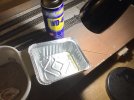
The fluid can just be seen pooled to the right of the tray.
Thus far it has worked quite well; I’m hoping my luck continues as I’ve started ballasting the points, but as recent sections of track adjacent to the points were ‘flooded’ with glue, I’m as sure as I can be that it works.
Hope that helps.
jonte
Edit:
This is a photo which shows a point after Pva mixture applied:
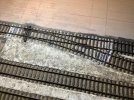
If you look closely at the tie bar, you can see the water droplets, applied via an atomiser prior to applying the glue, sitting on and around the bar. I suppose it’s because oil and water don’t mix?







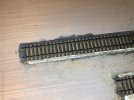

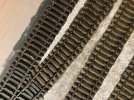

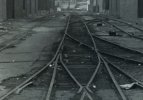
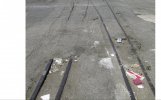
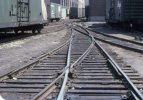
 ! Finally
! Finally !
! .
.


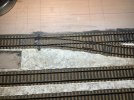
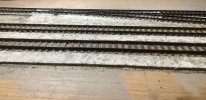
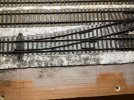
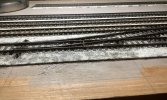
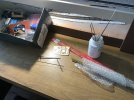
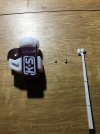

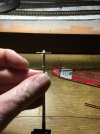
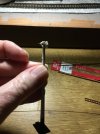
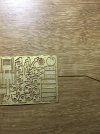
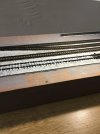
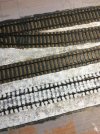

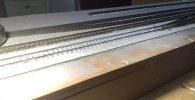
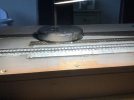
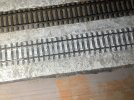
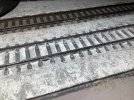

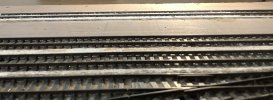

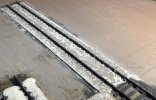

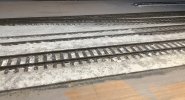
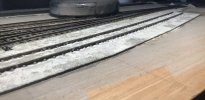

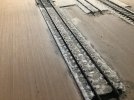
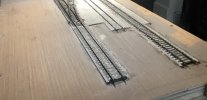


 !
!